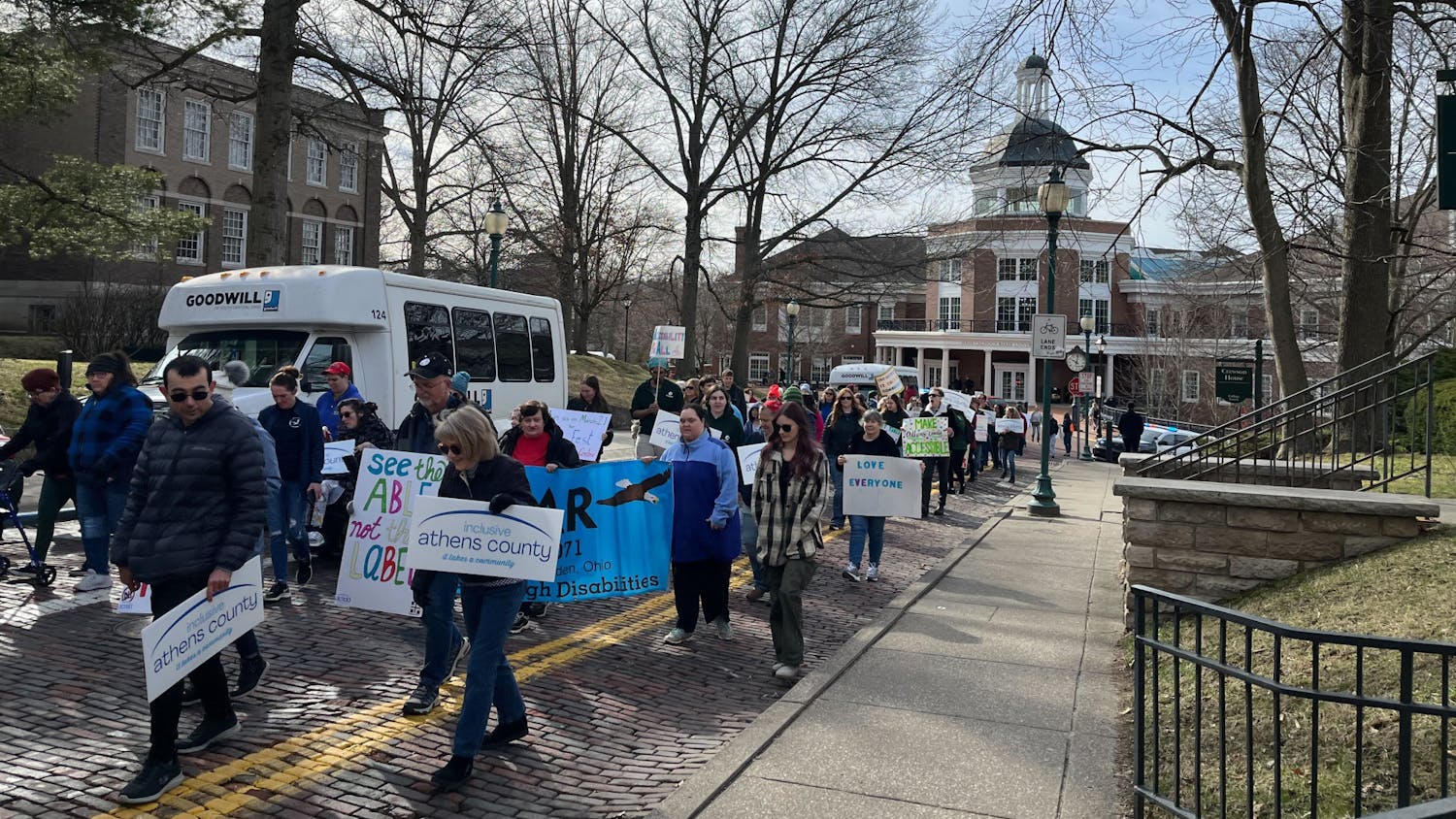In honor of the 100th anniversary of the Harlem Renaissance, the Performing Arts and Concert Series is hosting the multi-media show Harlem 100 on Thursday as a way to celebrate one of the most culturally influential periods in human history.
“We are excited to celebrate the 100th anniversary of the Harlem Renaissance,” Andrew Holzaepfel, senior associate director for student activities, said in an email.
The show will take place at Templeton-Blackburn Alumni Memorial Auditorium at 7:30 p.m
“We chose this event because of its multi-discipline and multi-media approach and based on the quality of the artists,” Holzaepfel said in an email.
Jazz began in New Orleans during the late 1800s and early 1900s, with artists such as Buddy Bolden and his band, Nick LaRocca and his Original Dixieland Jazz Band and Ferdinand “Jelly Roll” Morton.
Eventually, jazz began making its way around America, eventually reaching New York in the 1920s. The arrival of the genre into New York was the beginning of the Harlem Renaissance. Key artists of the era were Duke Ellington and his multiple bands, Cab Calloway and his band, Benny Goodman and his band and Fletcher Henderson.
Jazz music impacted culture in multiple ways, including slang in language, fashion and dancing said Sean Parsons, an associate professor of instruction for jazz studies.
“In order to understand jazz, we have to look at the experiences of people who have historically been disenfranchised,” Parsons said. “I believe that in order to talk about art authentically, you have to understand the perspective of the culture and the climate that affected it.”
Parsons said jazz was in its element as America grew, so the story of it can be a little painful to talk about. He said the songs were created at a time and place that was unlike any other.
“During this period of racial animosity and segregation, people were consuming African American culture heavily through jazz,” Parsons said.
One of the major jazz hubs in Harlem was the Cotton Club, a nightclub in New York City that ran for almost two decades. The Cotton Club was a speakeasy during the prohibition, and most of the popular jazz artists played there. Although the majority of the performers were African American, they were not allowed to patronize the club because it was open during the era of segregation.
“Jazz music and the lyrics within it brought the African American perspective to the greater attention of the rest of America,” Parsons said.
Jazz has made a large impact on music culture and it helped inspire some of the more recent genres of music.
“Jazz has impacted music more than any other individual genre before the hip-hop and rap revolution we are in right now because jazz changed the way people thought about music,” Noah Wolf, a junior studying journalism, said. “Music became more about the feeling that comes with it than just rhythm and notes.”
Jazz has affected the way musicians express themselves in their music.
“Jazz gives you the freedom to express yourself musically without limitations,” Kearsten Miller, a sophomore studying music education and vocal performance, said. “Jazz developed from the blues so there’s a lot of history in the music genre.”






